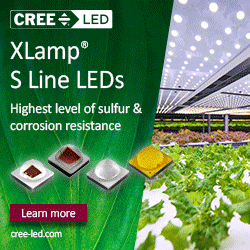NASDA commends launching the Regional Agricultural Promotion Program to boost U.S. food and agriculture exports worldwide
The National Association of State Departments of Agriculture applauds Secretary Vilsack for establishing the Regional Agricultural Promotion Program to better promote America’s food and agriculture products in demand across the globe.
ARLINGTON, Va. -- The National Association of State Departments of Agriculture applauds Secretary Vilsack for establishing the Regional Agricultural Promotion Program to better promote America's food and agriculture products in demand across the globe.
"It's important to know that for every $1 invested in export market development programs, $24 is returned in export revenue. Simply put, this program is a win for farmers, ranchers and the American economy because it will increase income and create more American jobs in the farm and food sector," NASDA CEO Ted McKinney said. "This program will build upon the success of the Agricultural Trade Promotion Program, which is projected to generate $6.44 billion in farm cash receipts and nearly 14,780 jobs annually."
###
NASDA is a nonpartisan, nonprofit association which represents the elected and appointed commissioners, secretaries and directors of the departments of agriculture in all 50 states and four U.S. territories. NASDA enhances American food and agricultural communities through policy, partnerships and public engagement. To learn more about NASDA, please visit www.nasda.org.
Featured Product

New XP-G3 Far Red LEDs Boost Horticulture Performance
Cree LED has introduced its new XLamp® XP-G3 Far Red LEDs, delivering 21% higher efficiency than the previous XP-E2 generation and built with S Line technology for superior sulfur and corrosion resistance in demanding horticulture environments. Available in three optical profiles - standard dome, Horizon70 and Horizon90 - the XP-G3 Far Red offers enhanced light uniformity, flexible beam shaping and seamless drop-in upgrades with its familiar 3.45 mm XP footprint.
